Since reopening as a TK-5 elementary school in 2024 following extensive modernization, El Rodeo originally opened in 1927 seamlessly blends its rich history with state-of-the-art facilities, offering a unique environment that honors the past while inspiring future generations.
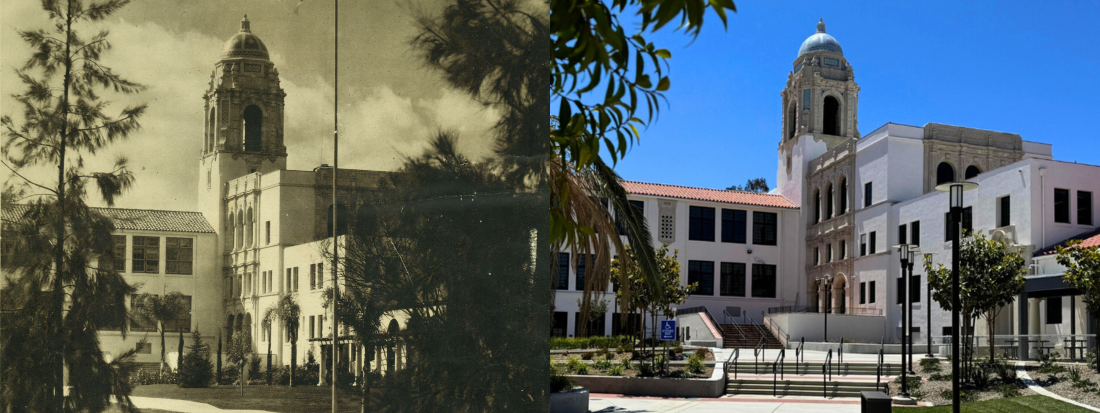
Nestled in the heart of Beverly Hills, California, El Rodeo Elementary School embodies nearly a century of Educational Excellence, community spirit, and historic preservation.
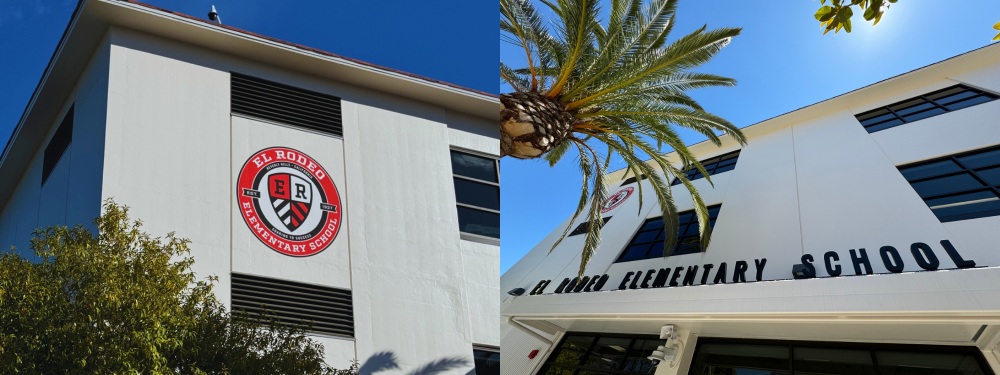
Since reopening as a TK-5 elementary school in 2024 following extensive modernization, El Rodeo originally opened in 1927 seamlessly blends its rich history with state-of-the-art facilities, offering a unique environment that honors the past while inspiring future generations.
The original structure of El Rodeo School was approved by the Beverly Hills Board of Education in February 1927. Designed by the architectural firm Austin, Ashley, and Hudson, and constructed by contractor Ralph H. Whinery, the school featured a three-winged building that showcased the Spanish Revival style. Its iconic red-tile roofs, stucco walls, and graceful archways became a hallmark of the community.
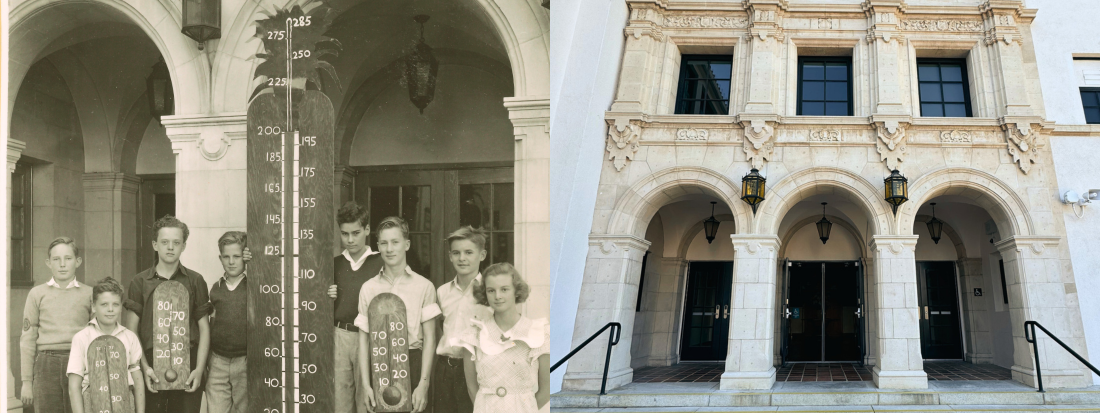
The school's founding plaque, "El Rodeo de Las Aguas" from 1927, still hangs proudly under the triple archway at the auditorium lobby entrance, serving as a tangible link to its origins. Its name, "El Rodeo de Las Aguas," which translates to "The Gathering of the Waters," reflects the area's historical significance as a convergence of natural springs that sustained early inhabitants of Beverly Hills. This connection to water is not just symbolic but woven into the neighborhood's fabric.
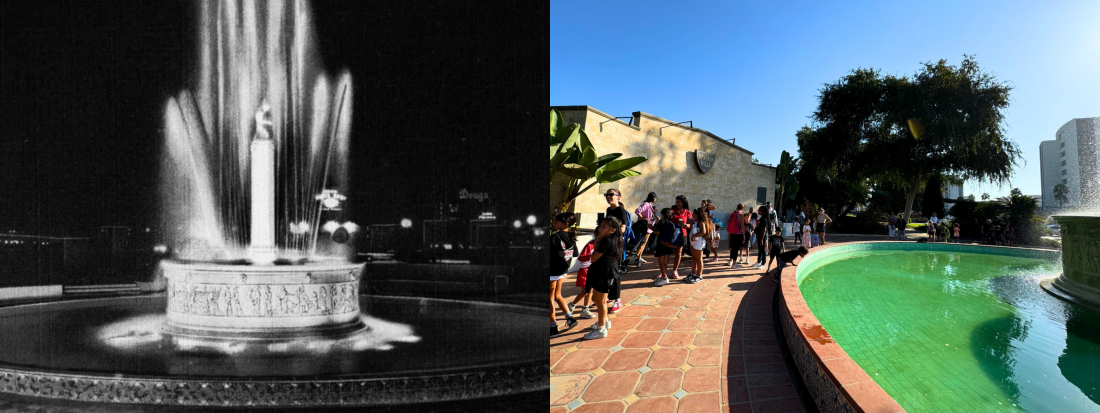
The Beverly Hills Electric Fountain, installed in the 1930s at the corner of Wilshire and Santa Monica Boulevards, stands as a tribute to this history. Its central pillar features a kneeling Tongva native, representing the region’s first inhabitants, surrounded by the spray of flowing water—the “gathering waters.” The fountain’s presence near the school serves as a reminder of the land’s origins and its role in sustaining community life.
El Rodeo remains a gathering place in the truest sense of its name. Today, students, families, and staff come together for Walk to School Wednesdays, gathering at the Beverly Hills Electric Fountain, the legendary landmark that celebrates the“gathering waters” of the city. Just as the fountain connects past to present, these walks reflect El Rodeo Elementary’s enduring role as a hub of connection and togetherness.
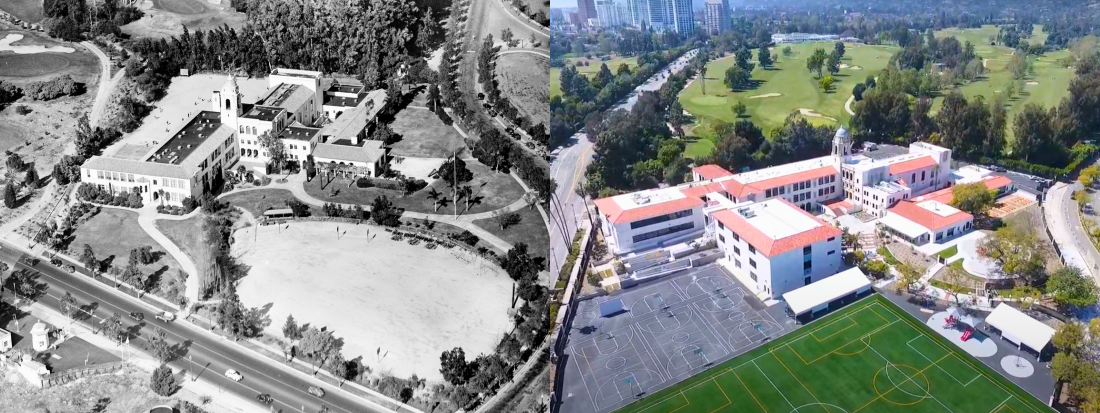
The school sustained significant damage during the 1933 Long Beach Earthquake. Reconstruction began in June 1934 under the guidance of architect W.A. Hudson and structural engineers Holmes and Narver. The project was completed later that year, preserving the school's architectural integrity while reinforcing its structural resilience. Further expansions in 1938, also led by Hudson, saw the addition of new facilities completed by March 1939.
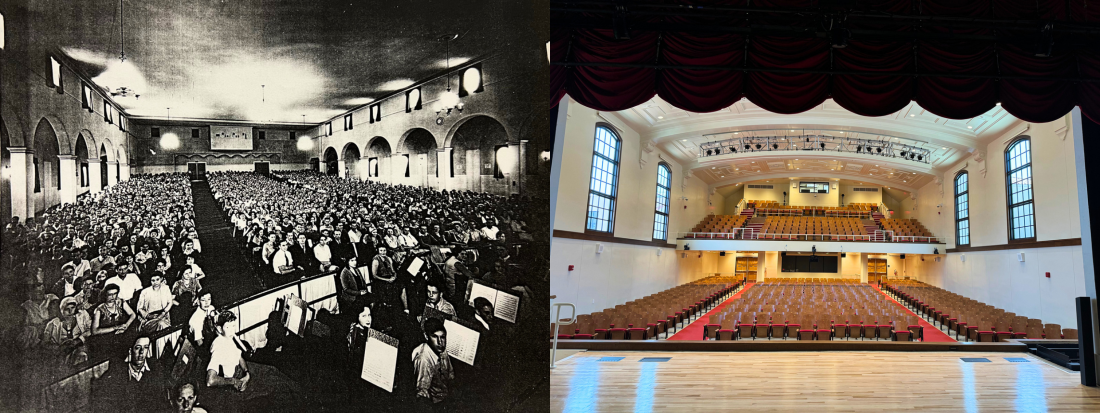
El Rodeo continued to evolve to meet the needs of its growing student population. In July 1959, the Board of Education approved additions designed by John Kewell and Associates. Rising enrollments prompted the construction of a two-story addition in 1962, featuring Gymnasium facilities and Music rooms. This expansion, completed by the Argo Construction Company, reflected the school's commitment to holistic education.
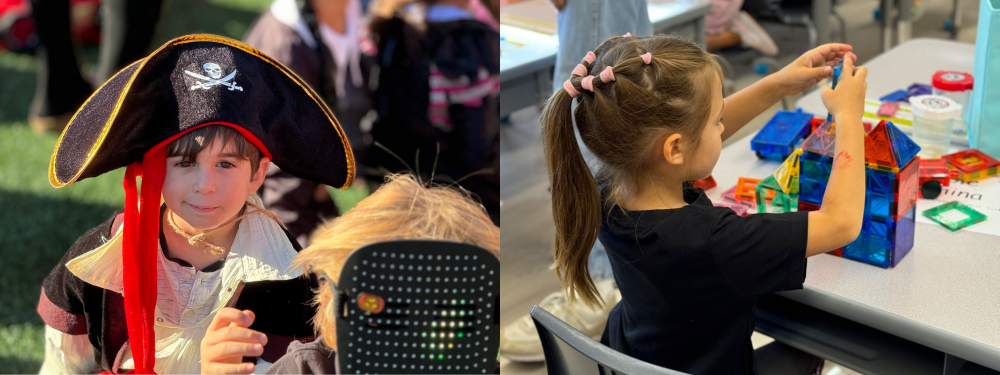
In 1966, the most significant transformation during the period was undertaken: a three-story structure that added Home Economics and Art classrooms within the original building. Designed by Maurice H. Fleishman and completed by A.G. Tutor Construction Company in 1967, this project set a new standard for blending tradition with modernity.
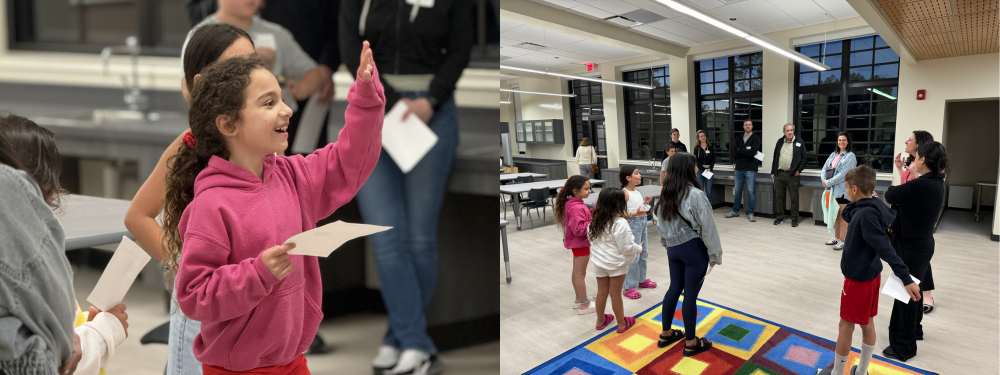
Subsequent additions, including new classrooms and a transformer vault to meet state fire protection requirements, were completed by 1969, marking the culmination of this era of growth.
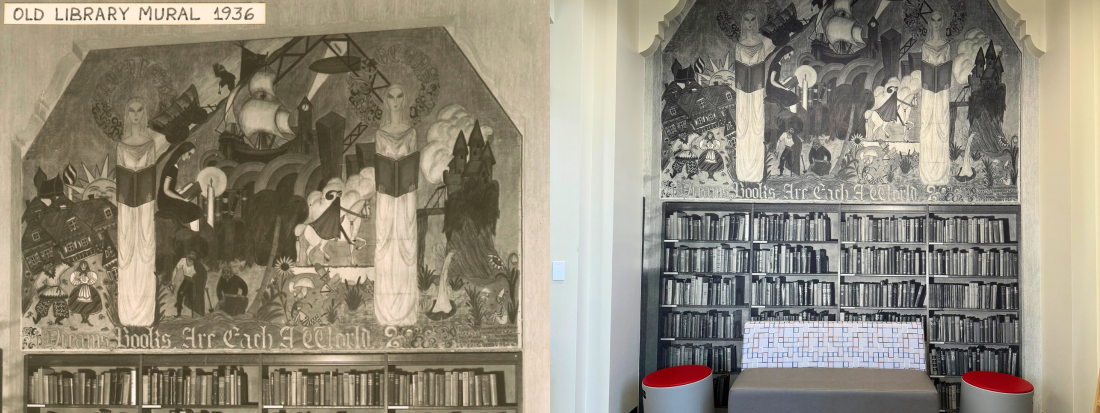
The 1980s brought further enhancements, including the remodeling of the Cafeteria in 1981 by Levin Construction Co., following designs by Friedman, Togawa, and Smith.
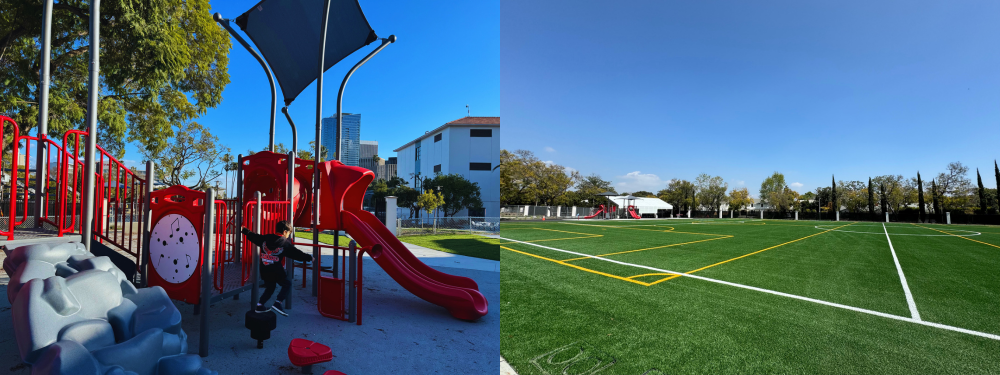
The Playground was also revitalized with a sod turf and sprinkler system engineered by HLM Engineers and Constructors, creating a 30,744-square-foot grass field and an enlarged physical fitness area. This extensive remodeling, completed in September 1981, reflected the school's commitment to providing students with quality outdoor spaces.
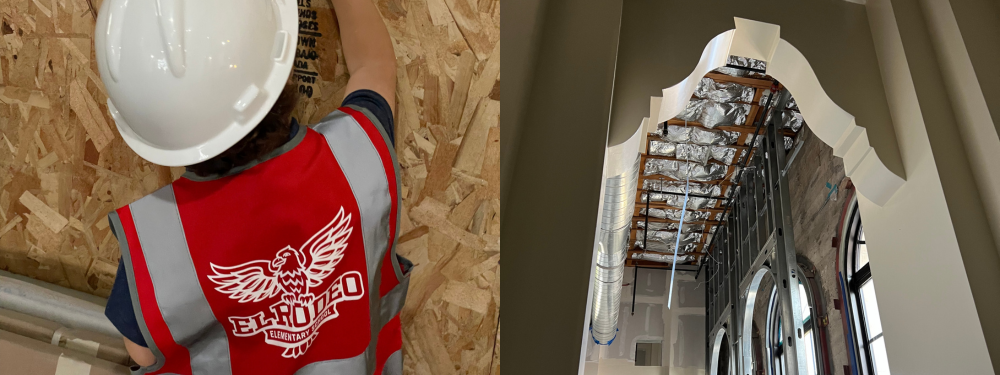
El Rodeo closed as a K-8 institution to undergo a transformation that balanced modernization with preservation.
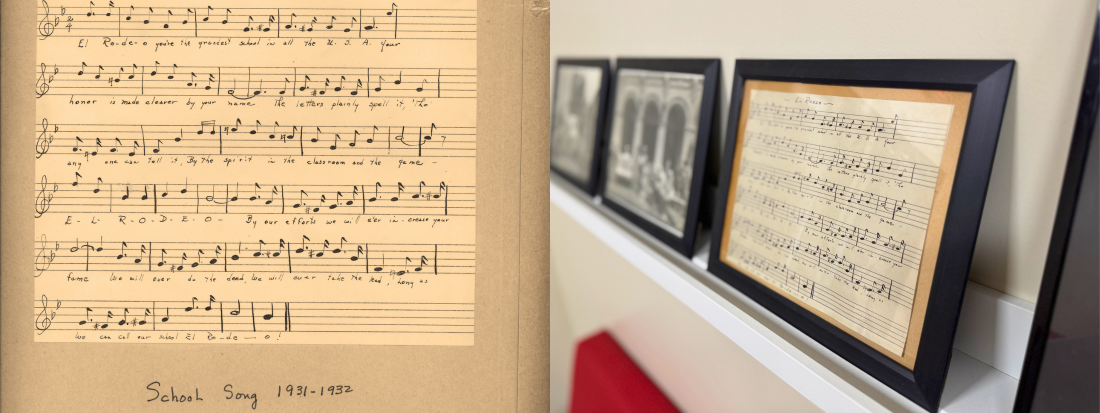
This process unveiled a treasure trove of chronological artifacts, including the Alma Mater sheet music, which had been long forgotten.
The Goldstein Benches donated decades ago, were placed under Hugo Ballin’s 1934 mural, Rudimentary Education. This mural, originally funded by the Public Works of Art Project (PWAP) and completed in 1934, is a 1,500-square-foot masterpiece featuring a teacher presenting slates of ancient languages.
It was carefully restored in 2024 by specialized artists, standing as a testament to El Rodeo’s dedication to the arts and education. Ballin’s murals appear throughout the Los Angeles region, including the Griffith Observatory, the Wilshire Boulevard Temple, the Los Angeles Times Building, and the Los Angeles City Hall Council Chambers.
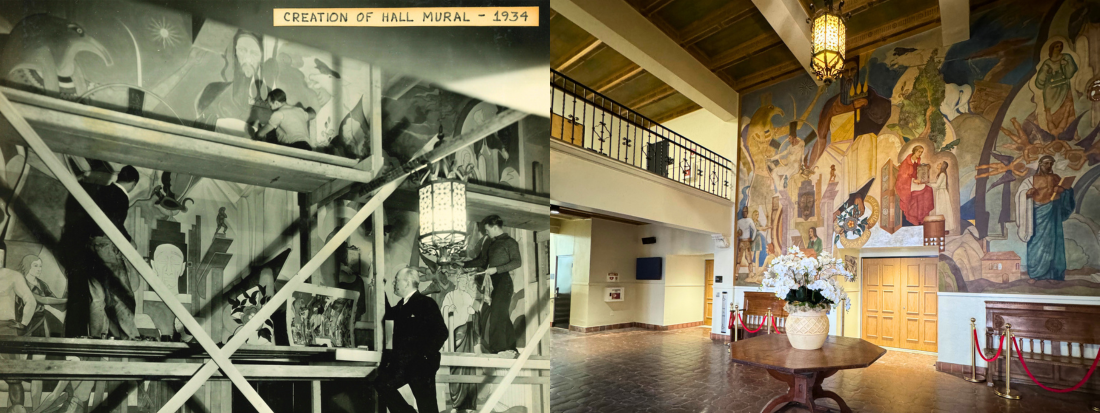
It was carefully restored in 2024 by specialized artists, standing as a testament to El Rodeo’s dedication to the arts and education.
Ballin’s murals appear throughout the Los Angeles region, including the Griffith Observatory, the Wilshire Boulevard Temple, the Los Angeles Times Building, and the Los Angeles City Hall Council Chambers.
In the Kindergarten Wing, an enormous fireplace and hearth hidden for decades was discovered in near-perfect condition. Inscribed with the words, “THE CHILD • THE LIGHT • THE LIFE • THE LOVE OF THE WORLD,” it serves as a poignant reminder of the school's enduring commitment to early education.Original tree memorials and dedications to beloved teachers Ms. Melniker, Karen Novoseller, and student Paolo Ayala have been restored. Gold, acrylic, and wood panels of tributes and plaques commemorating the dedication and generosity of the PTA and BHEF are displayed in the vestibule hallway connecting the Administration Building to the Multipurpose Center.
During the excavation for a new regulation-sized field, construction crews unearthed archeological finds from the 1938 Los Angeles Flood, including ceramic dishes, terracotta lids, and glass bottles. These relics now, exhibited in the Legacy Hallway, connect El Rodeo to a pivotal moment in Southern California’s history, maintaining a tangible link to lives disrupted by the flood.
El Rodeo’s motto, “Soaring to Success,” reflects the ambition of its eagle mascot symbolizing the school’s determination, dedication to nurturing young minds, and unwavering commitment to excellence.
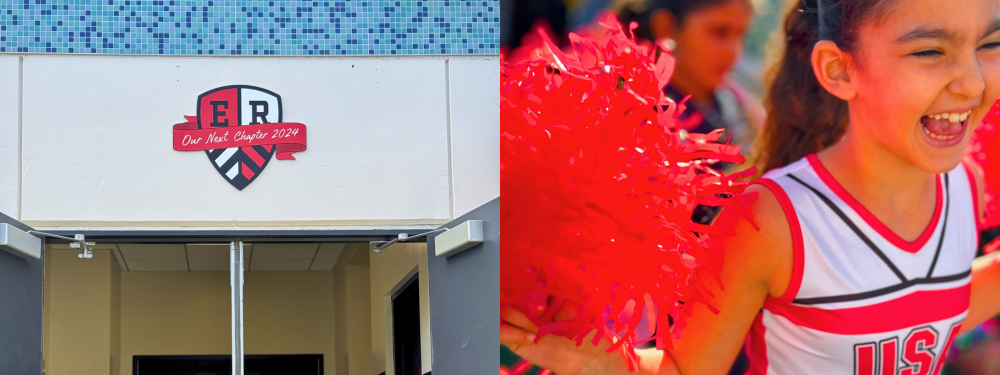
'Our Next Chapter,' the theme of the inaugural elementary year, honors the legacy of El Rodeo while celebrating its new identity as El Rodeo Elementary. The memorialized shield is proudly displayed above the field entrance to the Administration Building.
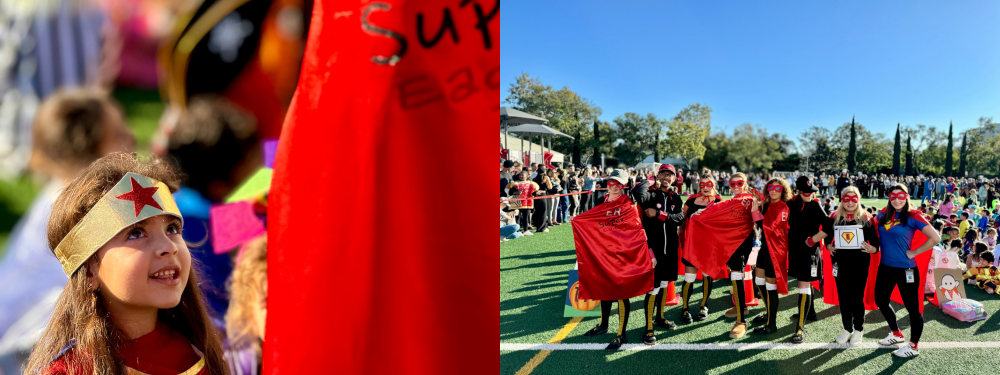
As El Rodeo Elementary School embarks on its next chapter, it does so with a sense of purpose and pride. With its spectacular facilities, innovative programs, and unwavering commitment to community, El Rodeo Elementary School remains the heart of Beverly Hills—Soaring to Success and building a bright future for generations to come.



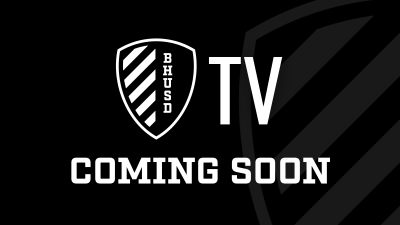
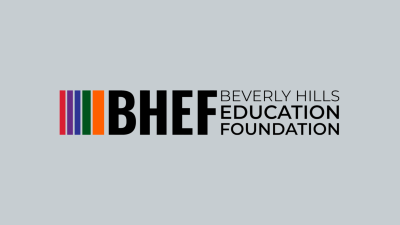

.png?command_1=resize&width_1=400)
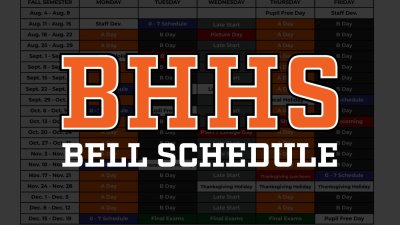



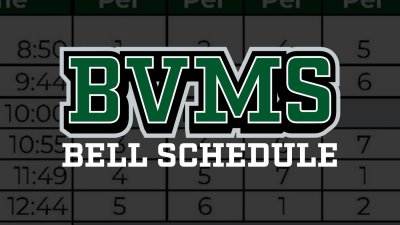
.png?command_1=resize&width_1=400)
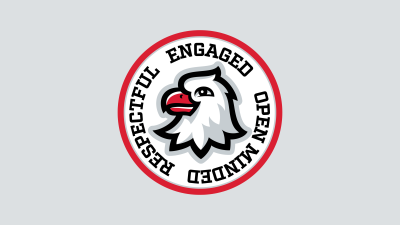
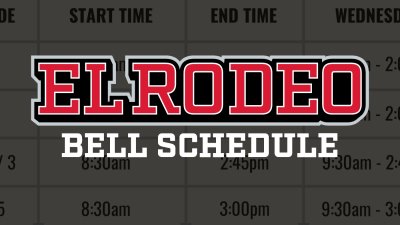
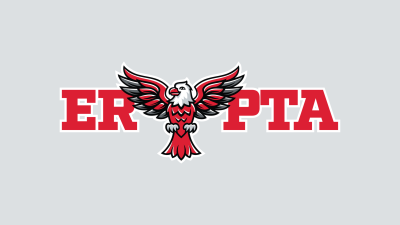
.png?command_1=resize&width_1=400)
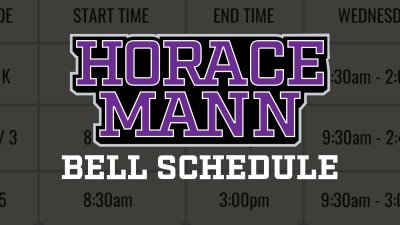
.png?command_1=resize&width_1=400)
